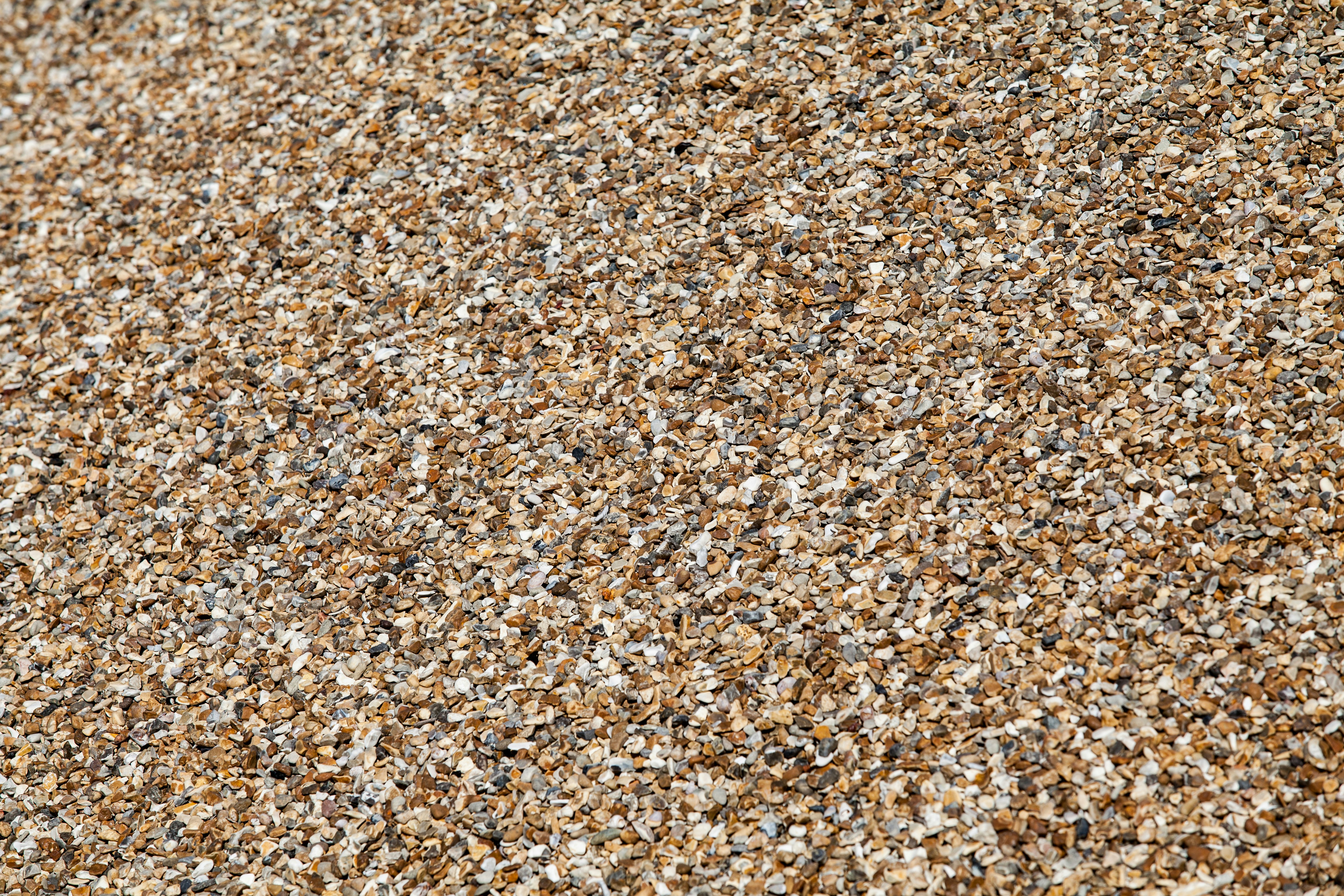
The Crown Estate and BMAPA release annual Area Involved report and 2022 Aggregates Review
The Crown Estate and The British Marine Aggregate Producers Association (BMAPA) have published their 24th annual Area Involved report, detailing changes in the area of seabed licensed and dredged for marine aggregates during 2021. Key information from the report includes:
A total of 21 million tonnes of sand and gravel were dredged under Crown Estate licence in England and Wales during 2021 (compared to 18 million tonnes in 2020)
The total area of seabed licensed in 2021 was 1,068km2(1,055km2 in 2020)
Dredging took place within 106 km2 (10 per cent of the licensed area) compared with 101km2(also 10 per cent) in 2020
The area of seabed dredged for more than 1 hour 15 minutes per year (high intensity – red on charts) was 6km2(5km2in 2020)
90 per cent of dredging activity carried out under Crown Estate licence took place from an area of 43km2(42 km2in 2020).
Nick Everington, Marine Minerals Portfolio Manager for The Crown Estate, said:
“As manager of the seabed around England, Wales and Northern Ireland, we work in partnership with industry; to help support the sustainable use of sand and gravel resources. The annual 'Area Involved' report is an integral part of this, providing insight and data to improve our understanding and management of the marine environment over the long term. Our 24th annual report reflects the ongoing commitment from both The Crown Estate and industry to this important initiative."
Mark Russell, BMAPA Director, said:
“UK Government has recognised that it is essential there is a sufficient supply of minerals to provide the infrastructure, buildings, energy and goods that our nations need, and marine aggregate supplies play an important role in meeting these needs in England and Wales. The area of seabed licensed and dredged remain key indicators of the UK marine aggregate sector’s performance and its potential to interact with both the environment and other marine users. The significant reductions in both of these over the last two decades reflect an industry committed to continual improvement.”
The Area Involved initiative commenced in March 1999, when BMAPA and The Crown Estate made a public commitment to review all dredging licences on a rolling five-year basis, to publish an annual report detailing the extent of dredging activities within licensed areas, and to surrender areas no longer containing economically viable resources of marine sand and gravel.
Alongside the Area Involved report, The Crown Estate has also published its 2022 Annual Review of the marine aggregates industry, containing data for the calendar year 2021.
This provides a national and regional view of consented marine aggregate reserves and licensed output capacity, alongside details of the quantity of aggregates dredged, in terms of both their extraction and delivery location. It also provides case studies outlining major construction and coastal defence projects in which marine aggregates have been used, and updates on items of wider interest.
Key points from the 2022 report include:
There is an estimated national consented reserve of 338 million tonnes of aggregates, enough to meet current average demand levels for the next 21 years
Marine aggregates provide over 20 per cent of the sand and gravel demand in England and Wales, with the majority of supply (nearly 90 per cent) used in high-value ready-mixed concrete and concrete products
One-third of all primary aggregate demand in London and the South East of England is met from marine resources, whilst in South Wales over 90 per cent of the market demand for natural sand also comes from the sea
A total of 4.3 million tonnes of aggregate materials were exported in 2021, primarily to Belgium and The Netherlands.
Marine aggregates constitute a crucial component in the supply of building materials to support the development of the UK’s built environment. They currently supply around 25 per cent of the sand and gravel used across England and Wales. In London, they meet around 50 per cent of primary aggregate demand. They are also critical in developing climate change resilience for our coastal communities.
Resources
Marine Aggregates Annual Review 2022
Download (11.7MB)